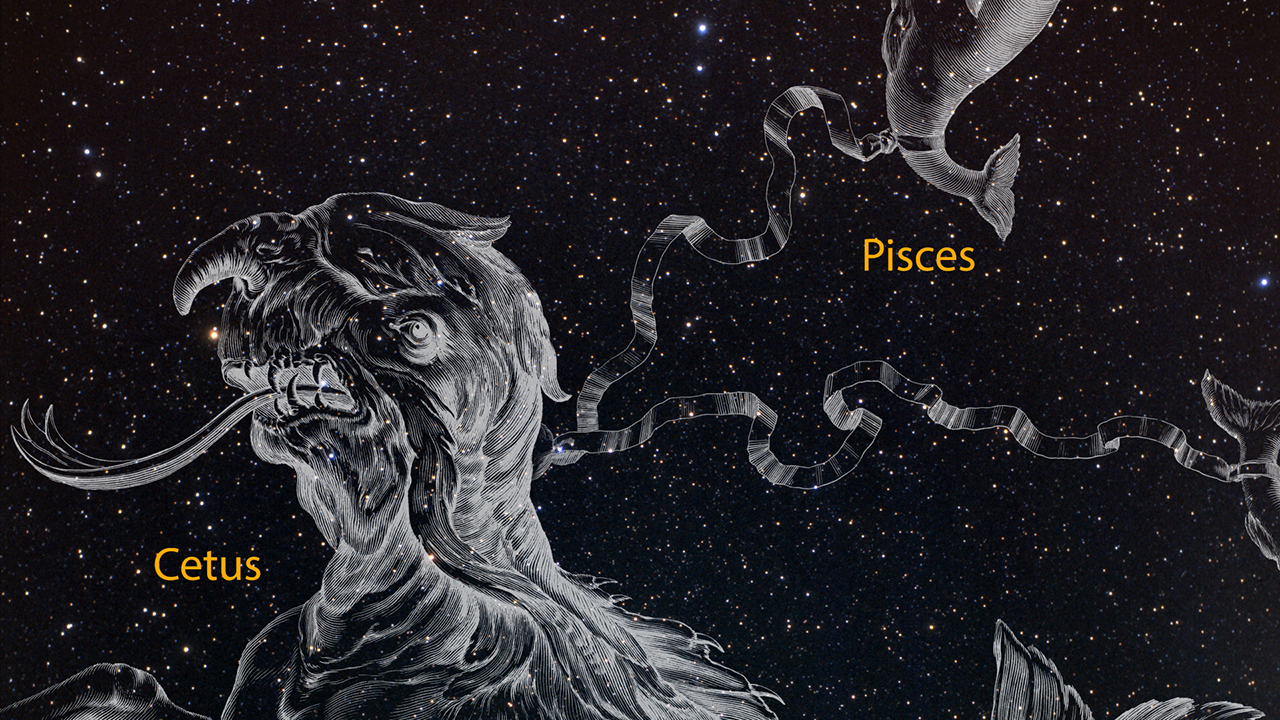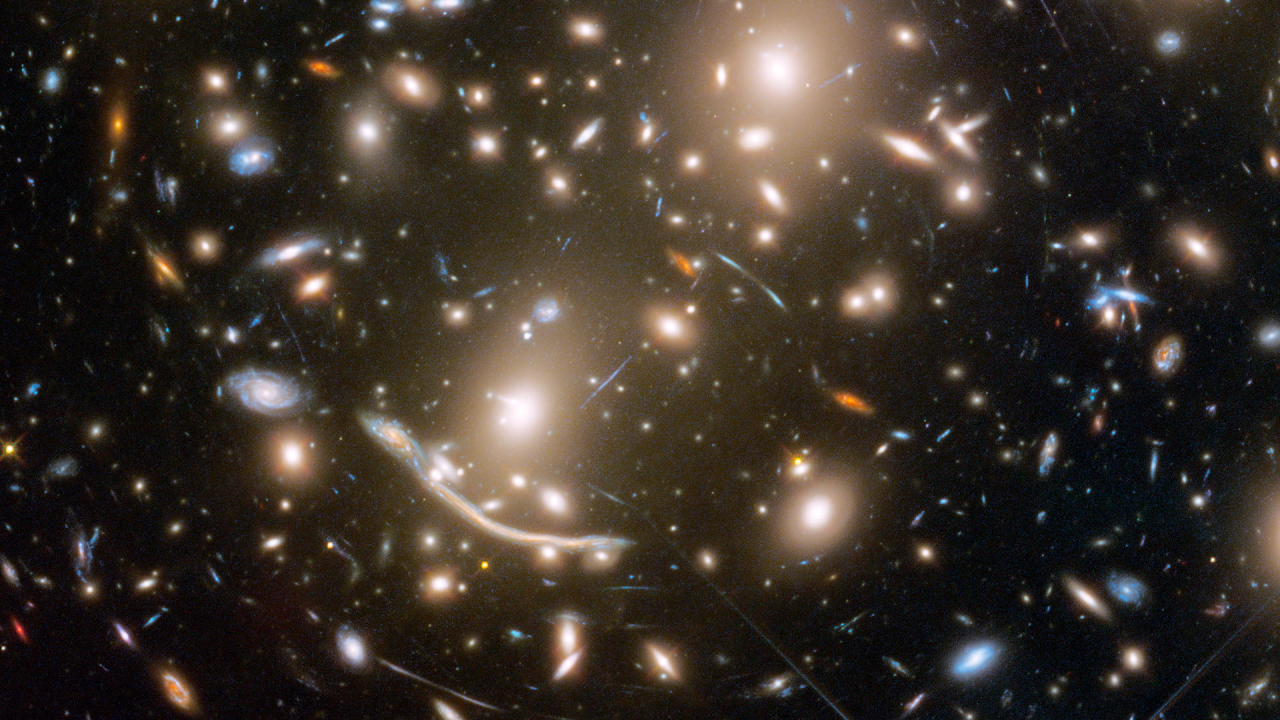1 min read
Hubble Space Telescope Frontier Fields and Parallels

This is a gallery of the Hubble Space Telescope Frontier Fields. The top six panels are massive galaxy clusters that act as huge lenses in space, magnifying and stretching images of remote galaxies behind each cluster that are too faint for Hubble to see directly. While one of the telescope’s cameras looked at each cluster of galaxies, another camera simultaneously viewed an adjacent patch of sky. This second region is called a "parallel field" — a seemingly sparse portion of sky that provides a deep look into the early universe. Astronomers observed each of the six clusters and six parallel fields in both near-infrared and visible light. This allowed scientists to create more detailed, overlapping, and complete images.
- Object NameObject NameA name or catalog number that astronomers use to identify an astronomical object.Abell 2744, MACS J0416.1-2403, MACS J0717.5+3745, MACS J1149.5+2223, Abell S1063, Abell 370
- Object DescriptionObject DescriptionThe type of astronomical object.Galaxy Clusters, Gravitational Lens, and Parallel Fields
- Release DateMay 4, 2017
- Science ReleaseA Lot of Galaxies Need Guarding in This NASA Hubble View
- Credit
Related Images & Videos

Abell 370 Parallel
This is a Hubble Space Telescope view of a random patch of sky that reveals how the universe looks at large: a "wallpaper" of innumerable galaxies spread across space and time. They offer a wide assortment of majestic star cities that vary in age, shape, and stellar populations....

Zoom Into Galaxy Cluster Abell 370
This video begins with an image of the constellation Cetus, the Sea Monster, then zooms into galaxy cluster Abell 370. Located approximately 4 billion light-years away, the immense cluster is a rich mix of galaxy shapes. Arcs of blue light entangled among the galaxies are...
Share
Details
Last Updated
Aug 17, 2025
Contact
Media
Claire Andreoli
NASA’s Goddard Space Flight Center
Greenbelt, Maryland
claire.andreoli@nasa.gov































